The Wheel of Time begins with a question that feels quietly radical: what if the most powerful people in the world were women?
Based on Robert Jordan’s sprawling fantasy novels, the series transports us into a richly imagined world where magic exists, but only certain people can use it. And in this world, it is the women—particularly the Aes Sedai—who wield most of that magical power.
The Wheel of Time follows five teenagers—Rand, Egwene, Mat, Perrin, and Nynaeve—from a small village called the Two Rivers. Their lives change overnight when they are swept into a dangerous journey by Moiraine Damodred, a mysterious Aes Sedai (played by Rosamund Pike). They’re told that one of them may be the Dragon Reborn—a being powerful enough to either save the world or destroy it.
As they go their separate ways, fight personal demons, make alliances, and face betrayals, we see a world slowly being reshaped. But through all of it, The Wheel of Time dares to ask: What happens when women not only hold the power but also define it?
Where the books faltered, the series steps up
Robert Jordan’s original books were groundbreaking for their time but also deeply flawed. Many readers have pointed out the books’ obsession with women’s physical beauty, the lack of queer characters, and a fairly rigid binary approach to gender. The novels also tend to stretch on and on, often reducing powerful women to their appearance or romantic potential.
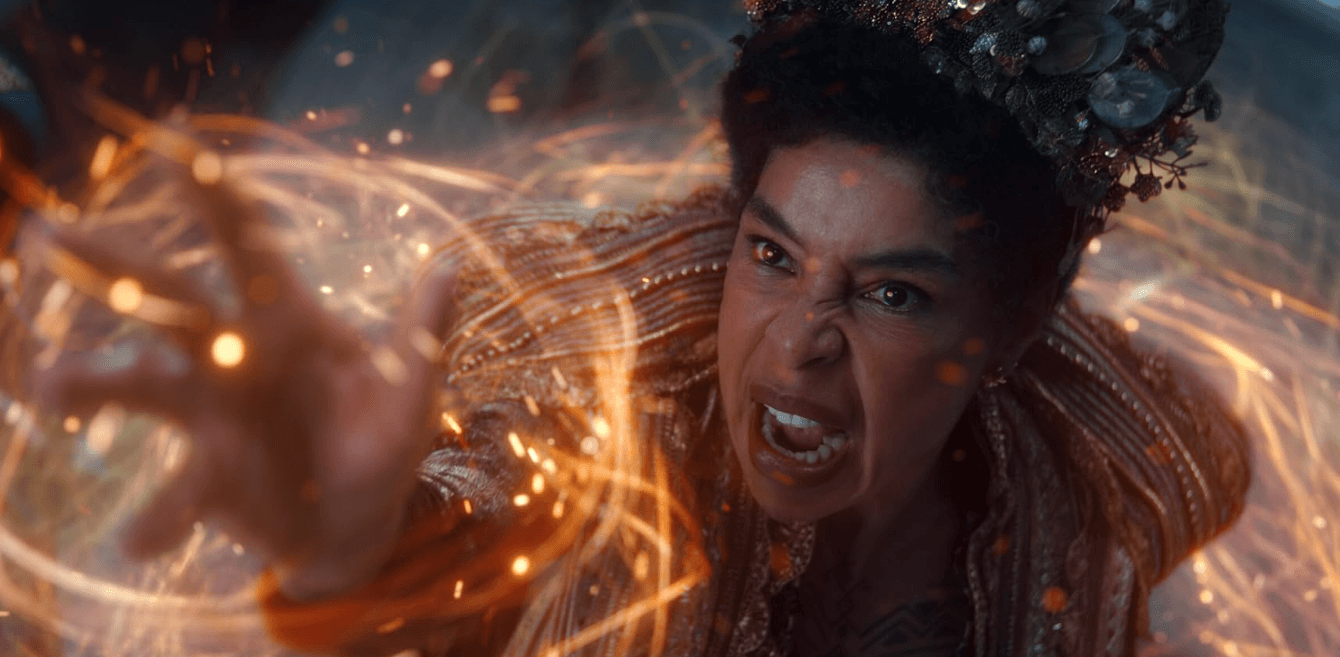
Thankfully, the Amazon series corrects much of this—quietly but effectively. While the core plot stays close to Jordan’s vision, the focus shifts: the show is more interested in women’s strength, sisterhood, trauma, and emotional intelligence than in what they’re wearing or how attractive they are.
It also introduces gender fluid dynamics and relationships with subtlety and care, refusing to make them the butt of jokes or overly dramatic plot twists. Instead, queerness just exists—as it does in real life.
This shift in tone gives the show a richness that the books often lack.
Moiraine Damodred: Cold, complex, and completely herself
One of the most fascinating characters across all three seasons is Moiraine, the Aes Sedai who begins the journey with our main cast. Rosamund Pike’s performance is often distant, restrained, and even off-putting—but maybe that’s exactly the point.
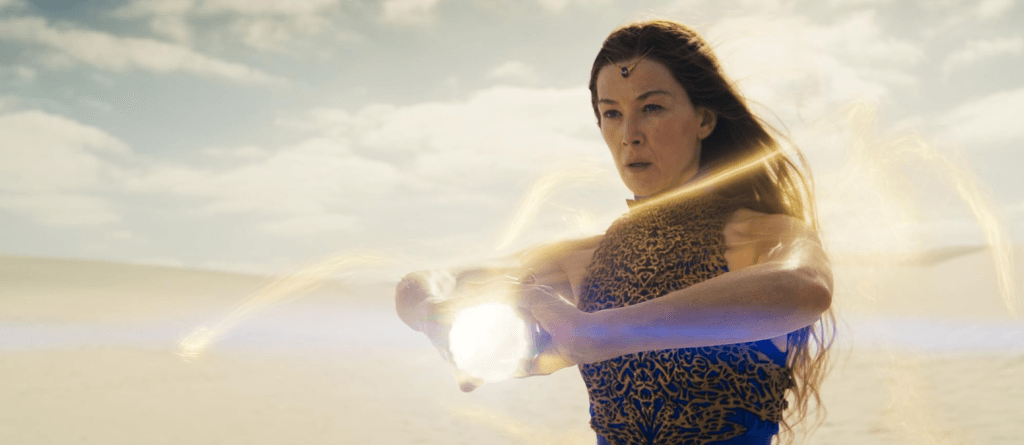
Moiraine is not here to be liked. She is not a maternal figure, nor is she trying to be the “strong female lead” in the traditional sense. She is a strategist, a leader, a mystery, and a woman shaped entirely by duty. Her gender doesn’t soften her—it strengthens her.
Through her, the show challenges the idea that powerful women must either be nurturing or seductive. Moiraine is often cold, sometimes manipulative, and always committed to her cause.
But underneath all that armour, we catch glimpses of deep vulnerability—especially when her own magic is stripped away and she must face herself without it.
Her arc is not one of becoming softer. It’s about redefining power—what it means when it’s taken away and what’s left behind.
Women’s magic, women’s rules
In the world of The Wheel of Time, only women can safely use the One Power—the magical force that shapes reality. Men who try are either destroyed or driven mad. This world-building choice flips a familiar dynamic: instead of men as protectors and women as delicate, here, women protect the world and carry its burdens.
The Aes Sedai are not perfect. In fact, they’re often flawed, political, and divided. But they are also trained, disciplined, and respected. The White Tower, where they are trained, functions as a deeply matriarchal space—a sharp contrast to real-world institutions where men still dominate decision-making.
The show dives deep into these dynamics, showing how different factions within the Aes Sedai approach power. Some use healing. Others use strategy. Some use manipulation. However, none of them face inherent evil for their actions. Instead, The Wheel of Time invites us to see power as nuanced and womanhood as diverse.
More than one kind of strong
Where The Wheel of Time shines most is in its range of female characters—each strong in her own way. Egwene al’Vere, played by Madeleine Madden, is brave, idealistic, and deeply spiritual. Her journey is about learning when to bend and when to stand firm. Nynaeve al’Meara struggles with her temper and her need for control, but her power as a healer comes from compassion. Lanfear, one of the Forsaken, is cunning, dangerous, and fascinating. She is as much a force of chaos as any male villain—and it’s thrilling to watch.

These women don’t just exist to support the male characters. They have their own goals, flaws, fears, and triumphs. They are messy and whole.
Importantly, the show doesn’t ask us to pick one kind of strength. Instead, it shows that strength can look like tenderness, rage, ambition, or grief. And for a fantasy show, that’s revolutionary.
The boys learn too
This isn’t to say the men are sidelined. In fact, the male characters also undergo significant emotional journeys—but in a way that challenges traditional masculinity.
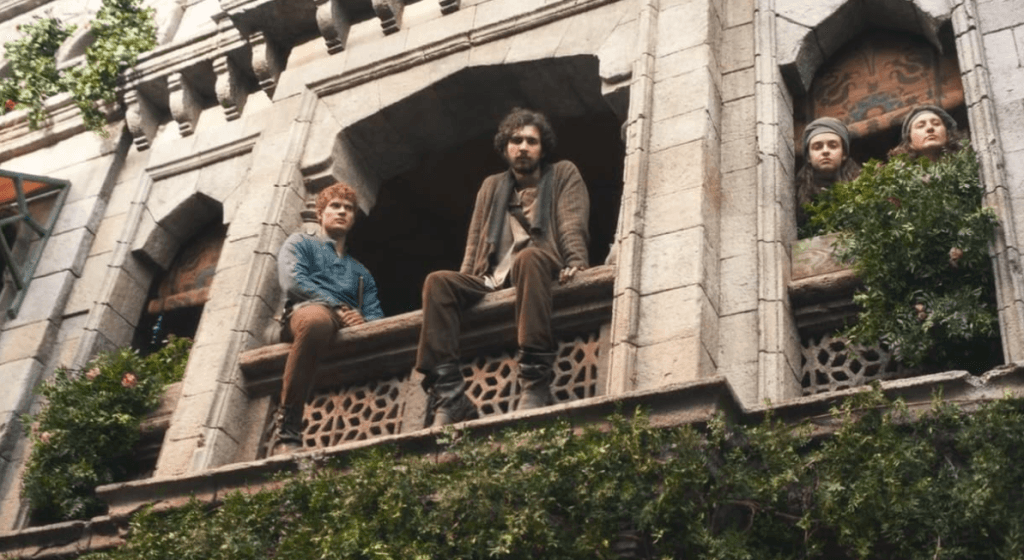
Rand al’Thor (Josha Stradowski) is perfect as the Dragon Reborn—conflicted, sensitive, and constantly questioning what it means to carry the fate of the world. He is powerful, yes, but also terrified of becoming a monster. Perrin wrestles with guilt and grief and is drawn toward the wolves—creatures that represent intuition and connection. Mat is sarcastic and sceptical, but loyal. His arc often asks: what does it mean to be good in a world that punishes kindness?
These characters are not emotionless warriors. They cry, fail, break down, and get back up. The show doesn’t mock their vulnerability—it honors it. That, too, is part of its feminist heart.
The forsaken and the feminine
This season introduces the Forsaken—the ancient enemies who once nearly broke the world. Among them is Moghedien, whose spidery presence is chilling, and Sammael and Rahvin, who bring chaos wherever they go.
But the most intriguing is Lanfear (Natasha O’Keeffe), who walks the line between ally and enemy. She’s seductive but not sexualised, powerful but not invincible. Her past with Rand adds layers to her motivations, but she is never reduced to just “the ex.”
Lanfear is allowed to be complex, manipulative, terrifying, and strangely relatable. In a genre that often boxes women into “good” or “evil,” she is neither—and both.
What about gender and queerness?
One of the most refreshing parts of the series is how it handles gender and queerness—not as a spectacle, but as part of the world.
In the books, gender roles were often rigid, and queerness barely existed. But the show, guided by showrunner Rafe Judkins, leans into the idea that gender expression varies across cultures.
Some characters wear gender-fluid clothing. Others engage in same-sex relationships (even the protagonists). None of it is played for shock value.
These choices matter. They open up the world to viewers who don’t always see themselves represented in fantasy.
What still needs work?
While The Wheel of Time gets a lot right, there are areas where it could go further. For instance, some storylines still fall back on trauma as a shortcut to depth—especially for women. And despite improvements, there’s room for more explicit queer representation, especially among main characters.
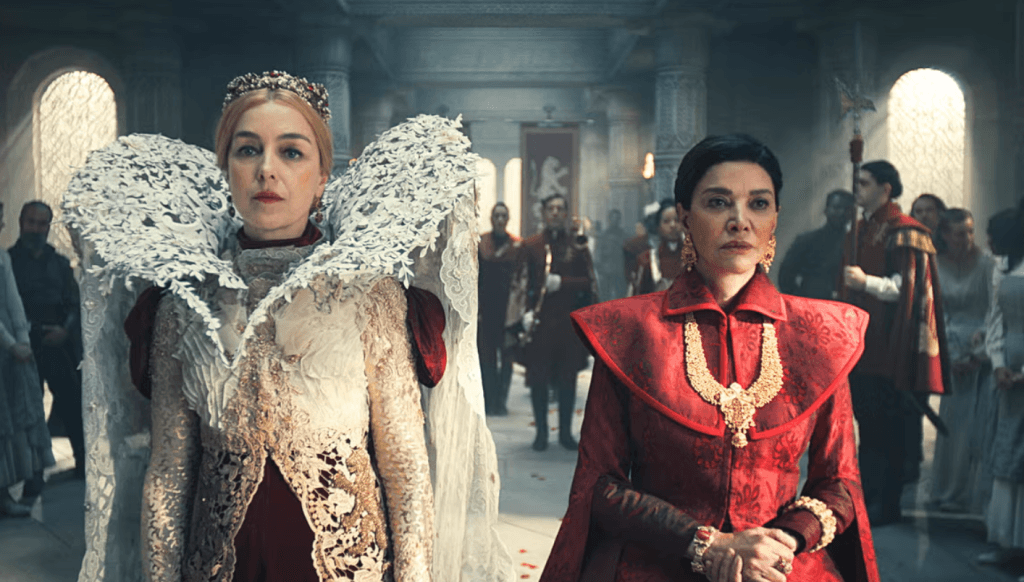
Moiraine’s arc in Season 3 has also felt a bit uneven. Though Moraine remains compelling, other female characters like Nynaeve and Egwene spend a large part of the season staring, manipulating poorly, or being sidelined. One hopes that future episodes will give them the space they deserve to reclaim their voice.
A story that finally lets women be
The Wheel of Time is far from perfect.
But it is trying—really trying—to build a world where power is shared, where women lead without apology, and where queerness is not erased.
This is a world where women are strong and soft, cruel and kind, wise and lost—and always, fully human.
And maybe that’s the kind of magic we need most of all!
About the author(s)
Anushka Bharadwaj is a journalism graduate from SCMC Pune. She is an intersectional feminist with a deep interest in gender, caste, politics, and mental health. When she’s not writing or reading, she’s usually found lost in poetry, dancing to her favourite songs, or discovering new music—always reflecting on the world through stories.
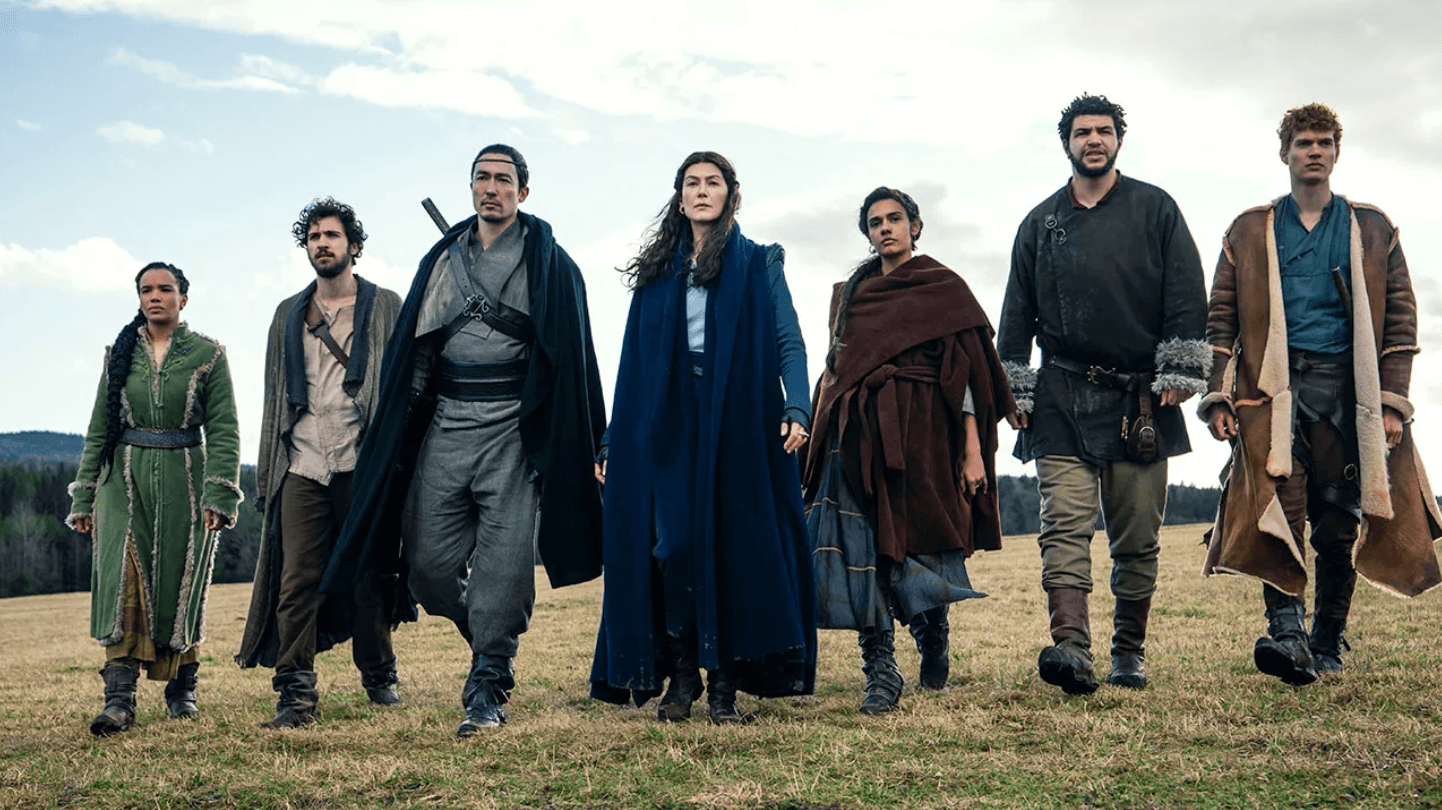





I truly appreciate your technique of writing a blog. I added it to my bookmark site list and will